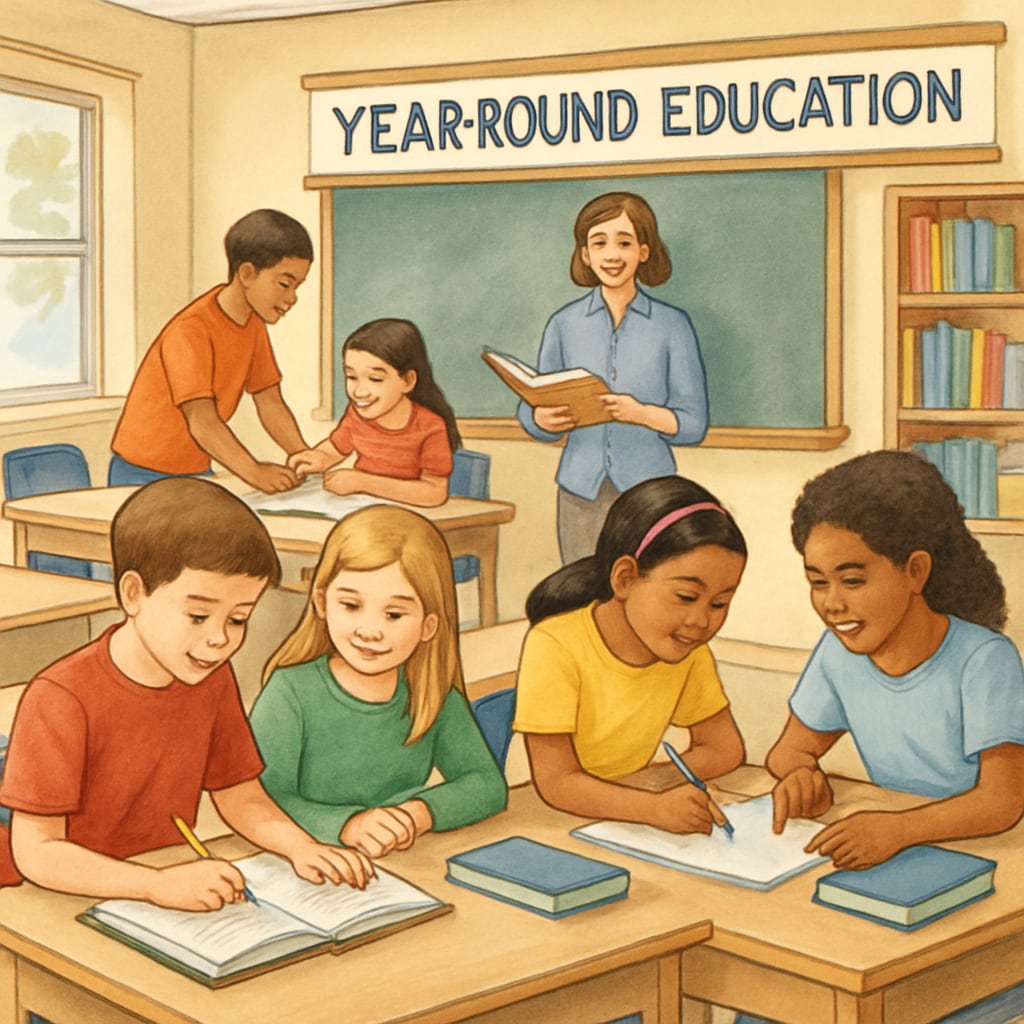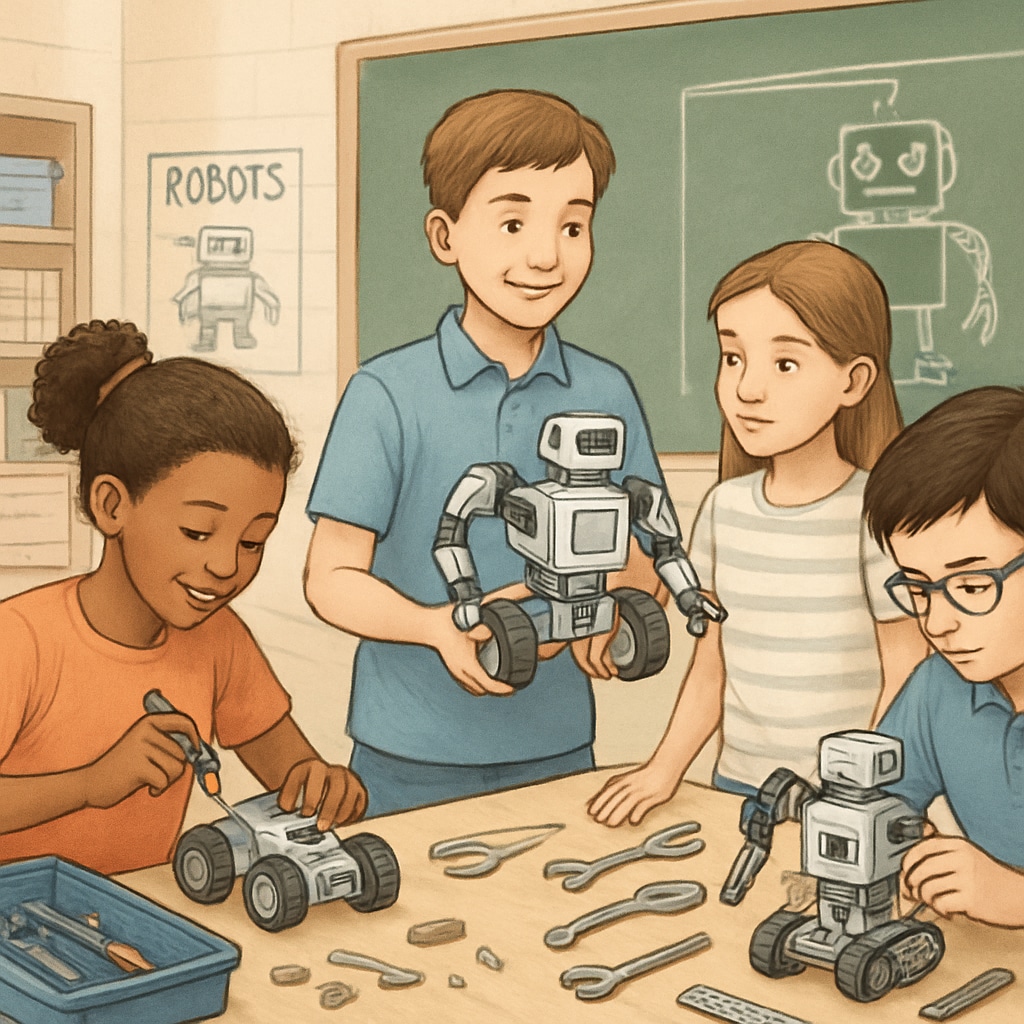Year-round school education, knowledge retention, and summer break alternatives are becoming increasingly relevant topics in modern education discussions. Traditional school calendars with long summer breaks often contribute to the “summer learning slide,” where students forget a significant portion of what they learned during the academic year. This article examines how shifting to a year-round education model can mitigate these challenges and improve K12 students’ ability to retain knowledge while maintaining a balanced learning schedule.
Challenges of the Traditional School Calendar
The traditional school calendar, which includes a three-month summer vacation, has long been criticized for contributing to knowledge loss, particularly in critical subjects like math and reading. Research from organizations like the National Summer Learning Association highlights that students can lose up to two months of knowledge in these areas during the summer break. This phenomenon disproportionately affects students from low-income families, who often lack access to educational enrichment programs during the summer months.
Moreover, long breaks can disrupt the rhythm of learning and make it harder for students to re-engage with academic material when school resumes. Teachers often spend the first few weeks of the new school year reviewing previous material, which delays the introduction of new concepts and slows overall academic progress.

Advantages of Year-Round Education
Year-round education offers a promising solution to the challenges posed by traditional school calendars. Instead of one extended summer break, year-round schools operate on a schedule that distributes breaks more evenly throughout the year. For example, the “one week on, one week off” model alternates short periods of learning with regular breaks, providing students with continuous engagement without overwhelming them.
This approach has several benefits:
- Reduced knowledge loss: Frequent breaks prevent extended periods of disengagement, minimizing the summer learning slide.
- Improved focus: Shorter terms with regular breaks help students stay focused and refreshed, enhancing their ability to absorb new information.
- Balanced schedules: Students and teachers alike benefit from a more balanced approach to work and rest, reducing burnout.
In addition, year-round education can be tailored to include enrichment activities during breaks, offering students opportunities for hands-on learning experiences that complement classroom instruction.

Implementing Innovative Scheduling Models
Transitioning to a year-round education model requires careful planning and collaboration among educators, parents, and policymakers. Key considerations include:
- Community engagement: Ensuring families understand and support the new schedule is critical for its success.
- Curriculum adjustments: Teachers may need to adapt lesson plans to fit shorter terms while maintaining academic rigor.
- Facility usage: Schools must account for year-round operations, including maintenance and staffing needs.
While challenges exist, examples from schools in the United States and abroad demonstrate the feasibility and benefits of year-round education. According to Britannica, schools with year-round schedules have reported improved student performance and higher retention rates, particularly in disadvantaged communities.
Conclusion: A Balanced Approach to Learning
Year-round school education, knowledge retention, and summer break alternatives are interconnected solutions to longstanding issues in traditional education models. By adopting innovative scheduling methods like “one week on, one week off,” schools can reduce learning loss, enhance focus, and create a more balanced approach to education. As a result, students are better equipped to succeed academically and maintain consistent progress throughout the year.
As more schools consider year-round education, it is essential to evaluate its potential benefits and challenges carefully. With thoughtful implementation, this model could be a transformative step toward improving K12 learning outcomes.


